Scientists believe galactic musical sounds were emitted from the Milky Way’s supermassive black hole at the turn of the 19th century.
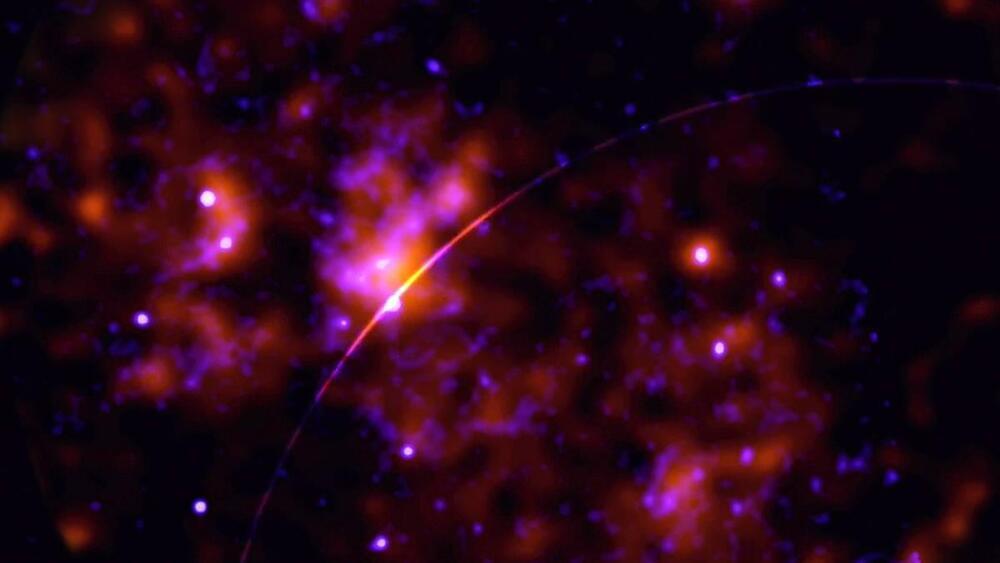

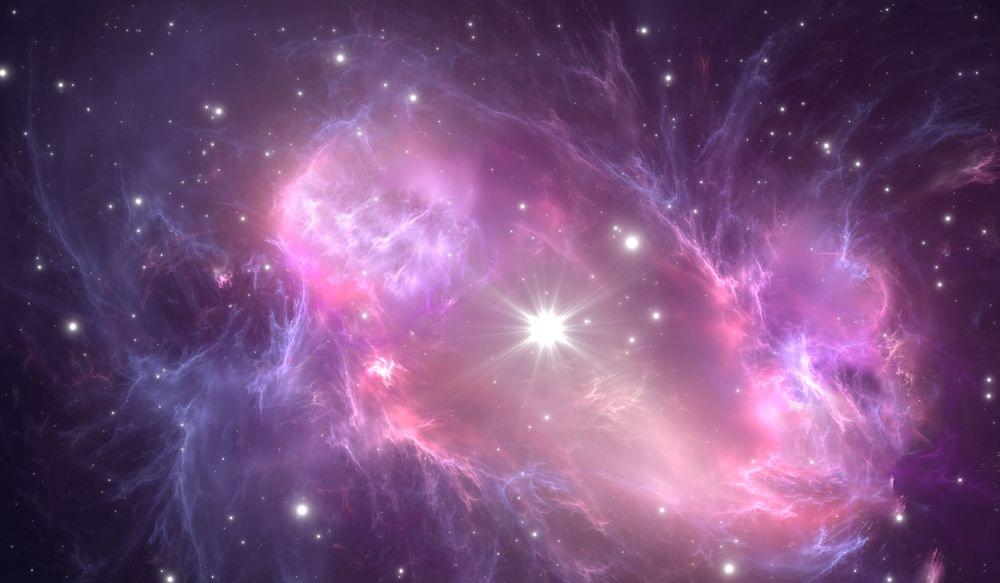
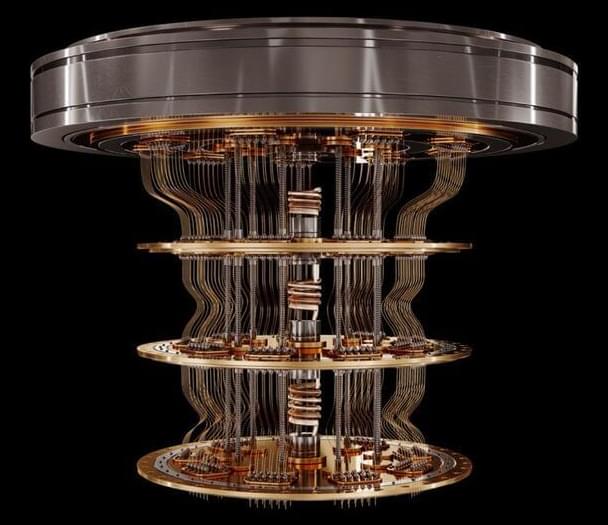
They created a quantum system with properties analogous to black holes.
A collaborative effort from research teams across multiple organizations in China was successful in using quantum computing technology to test Hawking Radiation, the theory proposed by renowned physicist Stephen Hawking, the South China Morning Post.
Quantum computing is a complex field that involves using mathematics, computer science, and physics to solve complex problems. Interesting Engineering recently reported how a quantum computer recently beat a conventional supercomputer at complex math.

Astronomers have mapped 39 interstellar clouds where high-mass stars are expected to form. This large data set shows that the accepted model of low-mass star formation needs to be expanded to explain the formation of high-mass stars. This suggests the formation of high-mass stars is fundamentally different from the formation of low-mass stars, not just a matter of scale.
High-mass stars play an important role in the evolution of the universe through the release of heavy elements and the shock waves produced when a massive star explodes in a supernova. Despite their importance, the way massive stars form remains poorly understood due to their rarity.
To better understand massive star formation a team led by Kaho Morii, Patricio Sanhueza, and Fumitaka Nakamura used the Atacama Large Millimeter/submillimeter Array (ALMA) to observe 39 infrared dark clouds (IRDCs). IRDCs are massive, cold, and dense clouds of gas and dust; and are thought to be the sites of massive star formation. The team focused on clouds showing no signs of star formation, to understand the beginning of the formation process before young stars ignite. In the 39 clouds, the team found more than 800 stellar seeds, referred to as molecular cloud cores, which astronomers think will evolve into stars.
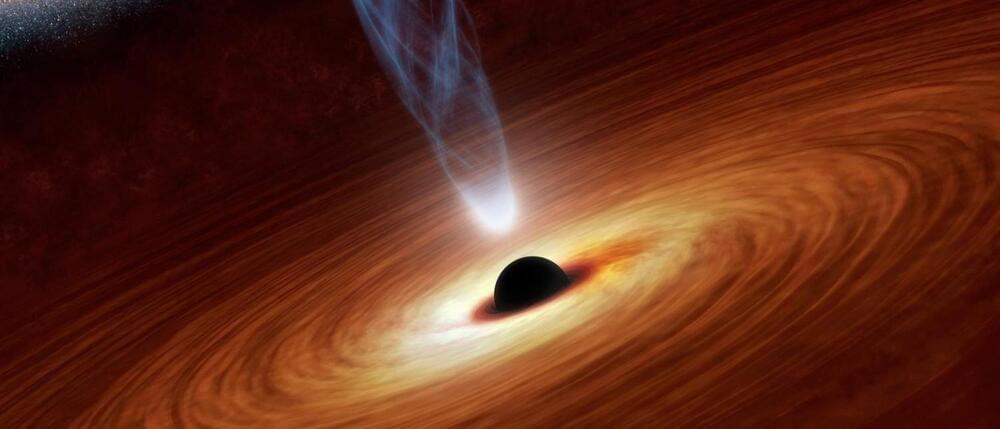
Near the center of the Milky Way Galaxy sits an immense object that astronomers call Sagittarius A*. This “supermassive” black hole may have grown in tandem with our galaxy, and it’s not alone. Scientists suspect that similar behemoths lurk at the heart of almost all large galaxies in the cosmos.
Some can get really big, said Joseph Simon, postdoctoral researcher in the Department of Astrophysical and Planetary Science at the University of Colorado Boulder.
“The black hole at the center of our galaxy is millions of times the mass of the sun, but we also see others that we think are billions of times the mass of the sun,” he said.
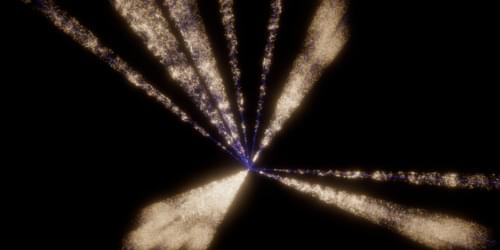
This week, a team of over 1,000 scientists from around the globe released to the public the first batch of data collected with the Dark Energy Spectroscopy Instrument (DESI), a telescope that cosmologists hope will help answer open questions on the nature of dark energy and the evolution of the Universe [1– 3]. “The telescope works better than we ever imagined,” says Michael Levi, a cosmologist at Lawrence Berkeley National Laboratory (LBNL), California, and the director of the DESI Collaboration. “We are ready to have everybody look at this [initial] data release and see what they can do with it.”
The goal of the five-year-long DESI survey is to map the Universe deeper in time and higher in detail than any previous telescope (see Feature: Entering a New Era of Dark Energy Cosmology). “We want to go way beyond what was done before and really be able to see the evolution of dark energy over the history of the Universe,” says Nathalie Palanque-Delabrouille, a cosmologist at LBNL and one of the spokespeople for the DESI Collaboration. To see that evolution, the survey plans to pinpoint the locations of over 40 million galaxies. The key to filling in the cosmic map is the use of robotic technology that automatically alters the placements of light-collecting fibers so that they can retrieve spectroscopic information from targeted bright spots in the sky. The spectral measurements provide information on what an object is and how fast it is moving away from us, which is needed to estimate its distance.
The robotic technology used to target objects had never been tried before, so it was not always clear that DESI would perform as expected, Levi says. But he and other team members have been pleasantly surprised by how smoothly the machine has operated. “DESI has preserved every photon that the Universe gave us,” he says.
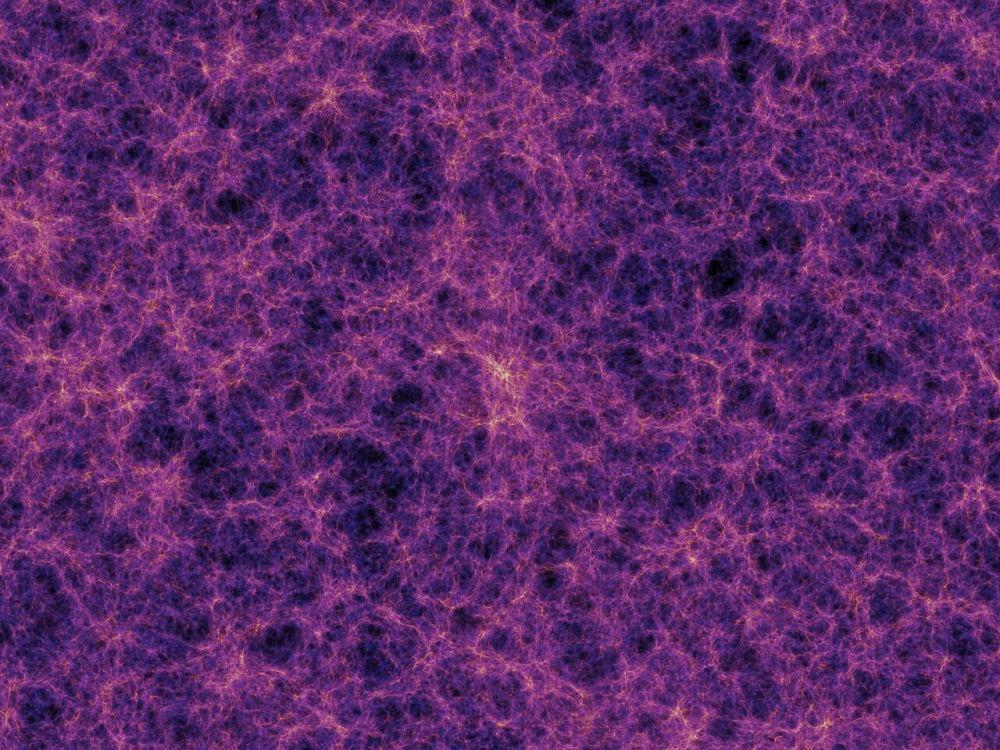
There’s some potentially big news on the hunt for dark matter. Astronomers may have a handle on what makes this mysterious cosmic stuff: strange particles called “axions.”
Rather than search directly for axions, however, a multinational team of researchers led by Keir Rogers from the University of Toronto looked for something else. They focused on the “clumpiness” of the Universe and found that cosmic matter is more evenly distributed than expected.
So, what role do axions play here? Quantum mechanics explains these ultra-light particles as “fuzzy” because they exhibit wave-like behavior. It turns out their wavelengths can be bigger than entire galaxies. Apparently, that fuzziness plays a role in smoothing out the Universe by influencing the formation and distribution of dark matter. If that’s true, then it goes a long way toward explaining why the matter in the cosmos is more evenly spread out. It implies that axions play a part in the distribution of matter in the cosmos.
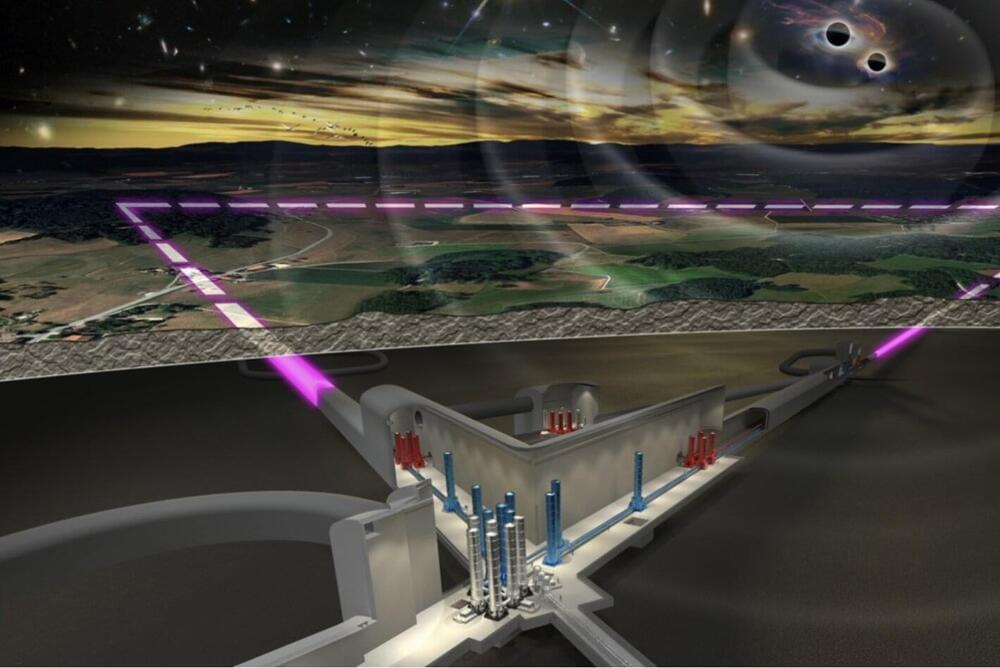
Gravitational waves, like the discovery of the Higgs boson in 2012, have made their mark on a decade of extraordinary discoveries in physics. Unlike gravity, which is created when massive objects leave their mark in the fabric of spacetime, gravitational waves are very weak ripples in spacetime that are caused by gravity-accelerated masses.
So far, researchers have been able to detect the gravitational waves produced by the melting together of very heavy objects, such as black holes or neutron stars. When this happens, these echoes from the past reverberate through the whole universe and finally reach Earth, allowing us to piece together what happened millions of light-years ago.
Current gravitational-wave observatories can only detect a few gravitational waves as they cover just a narrow spectrum of the whole range of wavelengths that are emitted. Future gravitational-wave observatories, such as the Einstein Telescope, a CERN-recognized experiment, need to be larger in order to search for a larger bandwidth of gravitational waves that could tell us more about the universe.

